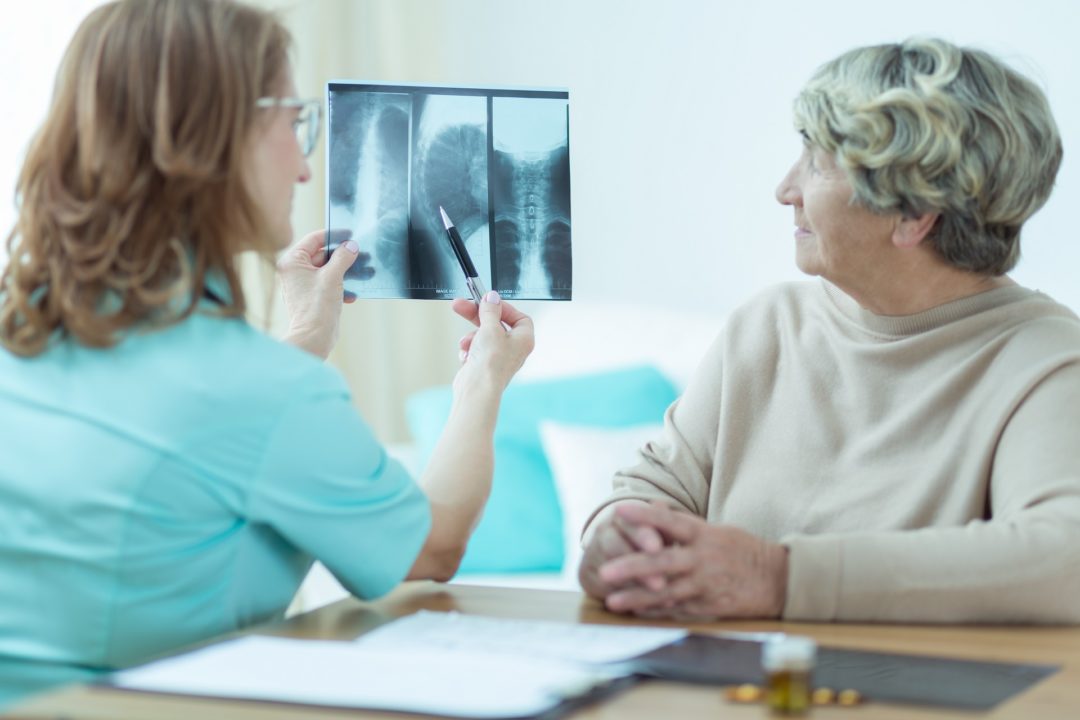
Industry Criticizes New Study Challenging Benefits of Calcium and Vitamin D

Industry trade groups and medical professionals were quick to criticize the study and defend the use of calcium and vitamin D to reduce the risk of fracture as people age. One criticism is the fact that calcium and vitamin D are short-fall nutrients in the American population. “Generalized recommendations relying on this study should be mindful that further reductions in calcium and vitamin D consumption may exacerbate these public health concerns,” said Andrea Wong, Ph.D., vice president, scientific & regulatory affairs, of the Council for Responsible Nutrition in an official statement. Indeed, Wong points out, the researchers even acknowledged that the trials included in the analysis did not all test baseline vitamin D blood levels in test subjects, therefore unable to verify whether they were deficient or not in the first place.
They also take issue with the broad generalization that supplementation with these nutrients helps no one considering that the analysis focused on a healthy segment of the population.U.S. News and World Report quotes orthopedic surgeon, Daniel Smith, M.D., assistant professor of orthopedics at the Icahn School of Medicine at Mount Sinai in New York City, NY saying, “The big picture, which seems to be lost in this study, is that the personal health cost of a hip fracture can be catastrophic. The potential benefit of calcium and vitamin D supplementation in preventing even a small number of hip fractures far outweighs the otherwise minimum risks associated with routine calcium and vitamin D supplementation in at-risk populations.”
Daniel Fabricant, Ph.D., president and CEO of the Natural Products Association expresses the same concern in an official statement. “This study draws its conclusions with too broad of a brush, and has many flaws as it only focused on the healthiest segment of the population, which are those living at home," he explains. "It likely includes many people who may be getting — and benefitting — from calcium and vitamin D from their diet or other sources. And people who live in nursing homes or assisted living facilities were not part of it, which means there is a lot missing. People with prior bone breaks or family incidence of osteoporosis may still need vitamin D and calcium supplementation, or other nutrition.”
This is not the first time supplementation has been challenged, nor will it be the last. Indeed, we need new and varied research to further our knowledge, but one study flawed in its execution will not prevent medical practitioners from making recommendations they have been comfortable making for years, nor should you let it dissuade customers from purchasing calcium and vitamin D products in your stores.

The editorial team at WholeFoods Magazine has decades of experiences reporting on natural products industry news, trends, and more. This national, monthly business-to-business magazine has been published continuously for nearly 40 years (the magazine was founded in 1977, and has been owned by Wainer Finest Communications since 1984). It is the longest-tenured media outlet of its kind in the natural products industry. The editorial focus at WholeFoods Magazine is, and always has been, on informing and educating members of the natural products industry.
The Magazine
Information
About Us
NOTE: WholeFoods Magazine is a business-to-business publication. Information on this site should not be considered medical advice or a way to diagnose or treat any disease or illness. Always seek the advice of a medical professional before making lifestyle changes, including taking a dietary supplement. The opinions expressed by contributors and experts quoted in articles are not necessarily those of the publisher or editors of WholeFoods.







